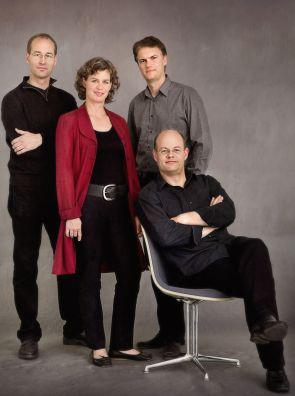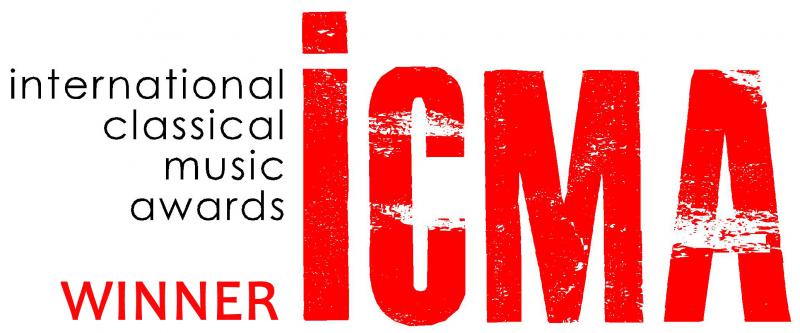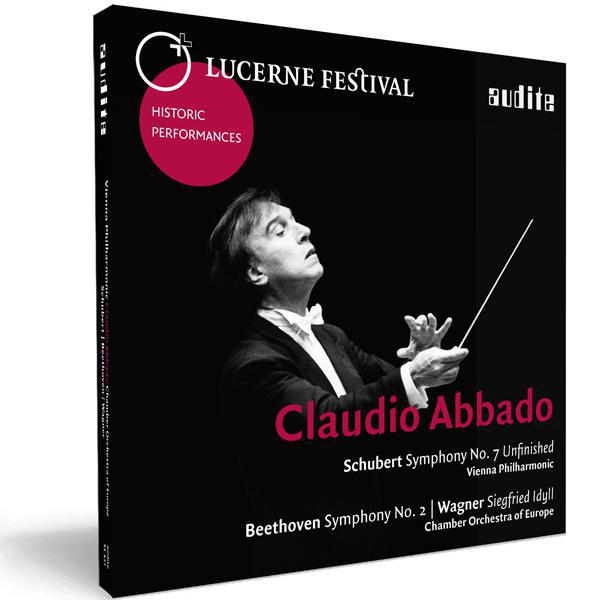
Neuigkeit 17.01.2014 | Sabine Wiedemann Neues Mandelring Quartett zu Gast im DLR und SWR
Der Cellist des Mandelring Quartetts Bernhard Schmidt ist im Januar gleich in zwei Radiosendungen zu Gast. Beide Sendungen beschäftigen sich ausführlich mit den Streichquartetten Dmitrij Schostakowitschs. Das Mandelring Quartett spielte über vier Jahre eine vielgelobte Gesamtedition dieses Werkkorpus für audite ein. Am Sonntag, den 19. Januar widmet sich Jürgen Liebing in Deutschlandradio Kultur von 15:05 Uhr bis 17:00 Uhr im Gespräch mit Bernhard Schmidt dem Thema „Musik als Kassiber, die Streichquartette von Dmitrij Schostakowitsch". Am Mittwoch, den 22. Januar stellt Burkhard Egdorf im Werkgespräch von 20.03 Uhr bis 22.00 Uhr auf SWR 2 zusammen mit Bernhard Schmidt Schostakowitschs Streichquartett Nr. 3 ausführlich vor.







